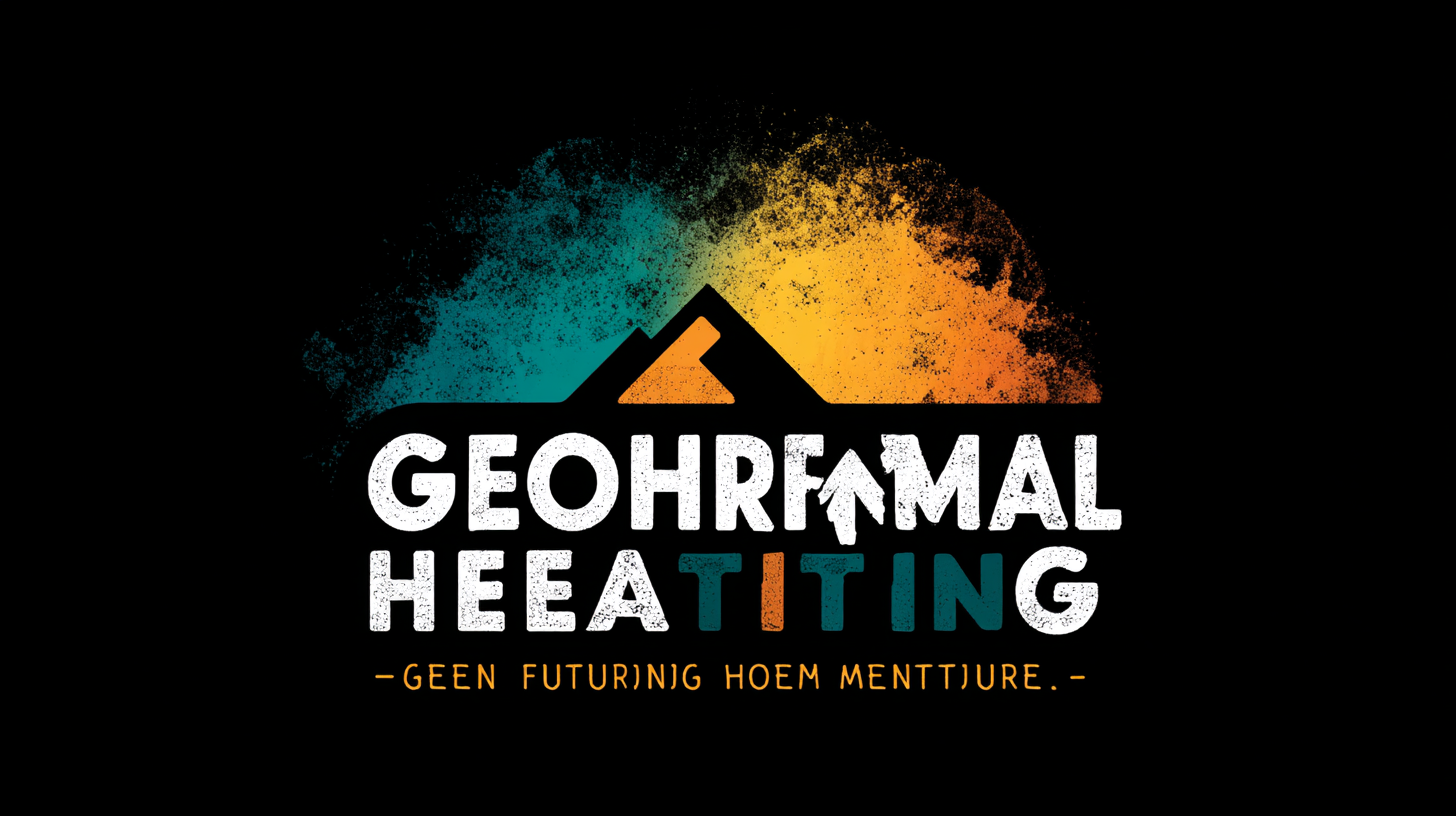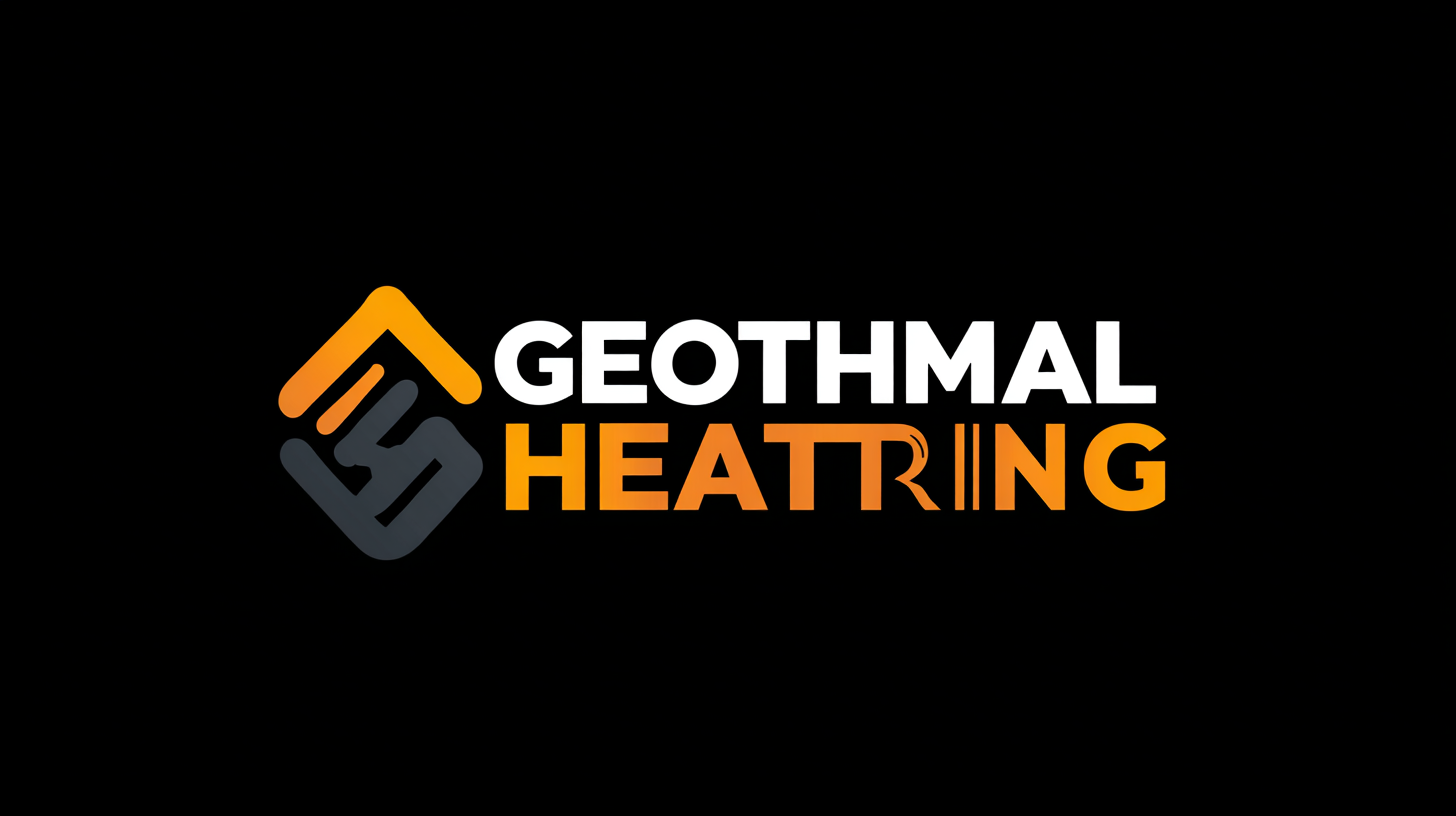Navigating the Future of Best Geothermal Heating in 2025 with Expert Tips
As we move toward a more sustainable future, geothermal heating is emerging as a key player in the quest for efficient energy solutions. According to the International Renewable Energy Agency (IRENA), the global geothermal heating capacity is expected to reach 3,600 gigawatts by 2025, up from approximately 2,500 gigawatts in 2020. This significant growth is driven by advancements in technology and increasing awareness of the environmental benefits associated with using geothermal systems for residential and commercial heating. With its ability to reduce greenhouse gas emissions and provide a stable energy source, geothermal heating is becoming an attractive option for homeowners and businesses alike. In this blog, we will explore expert tips on navigating the future of geothermal heating to ensure you are well-prepared to embrace this innovative energy solution by 2025.

Key Trends Transforming Geothermal Heating Technologies by 2025
As we approach 2025, the landscape of geothermal heating technologies is undergoing significant transformation driven by key trends. One notable trend is the increasing integration of smart technology, which enhances the efficiency and effectiveness of geothermal systems. According to a recent report by Allied Market Research, the global geothermal heat pump market is projected to reach $8.3 billion by 2025, growing at a CAGR of 9.2%. This surge is largely attributed to the advancements in smart home integration, allowing users to monitor and control their geothermal systems remotely, significantly optimizing energy usage.
Additionally, sustainability efforts are pushing the adoption of hybrid systems that combine geothermal with other renewable energy sources. A study from the International Renewable Energy Agency (IRENA) highlights that hybrid systems can reduce energy costs by up to 30% while also decreasing greenhouse gas emissions. With governments worldwide increasingly incentivizing renewable energy adoption, the push for innovative geothermal heating solutions that align with sustainability goals is expected to gain momentum. The increasing awareness of climate change implications and the demand for cleaner energy sources are indeed shaping the future of geothermal heating technology in the coming years.
5 Compelling Reasons to Invest in Geothermal Heating Systems Now
As we approach 2025, the benefits of investing in geothermal heating systems are more compelling than ever. One of the most significant reasons is their efficiency; according to the U.S. Department of Energy, geothermal heat pumps can reduce energy consumption by 30% to 60% compared to traditional heating systems. This not only leads to significant savings on utility bills but also contributes to a substantial reduction in greenhouse gas emissions, aligning with increasing environmental regulations and global sustainability goals.
Moreover, the longevity of geothermal systems is noteworthy. The National Renewable Energy Laboratory indicates that these systems can last over 25 years with minimal maintenance. This durability translates to lower long-term costs and a solid return on investment, making geothermal heating an attractive option for homeowners looking to enhance their property's value. With advancements in technology and a growing awareness of environmental issues, now is the ideal time to embrace geothermal heating solutions for a sustainable future.
Navigating the Future of Geothermal Heating: Investment Reasons
Expert Tips for Maximizing Efficiency in Your Geothermal System
As we approach 2025, optimizing the efficiency of your geothermal heating system is more crucial than ever. One key tip is to regularly maintain your system's components, including the heat pump, loop field, and air delivery systems. Scheduling annual inspections will help identify minor issues before they escalate, ensuring your system runs smoothly and efficiently throughout the heating season.
Another essential tip is to properly size your geothermal system for your home. An oversized system may cycle on and off too frequently, wasting energy and reducing lifespan, while an undersized system will struggle to meet your heating demands. Consult with a professional to perform a thorough assessment of your property's heating needs, allowing for the selection of the right system size.
Finally, consider enhancing your home’s insulation and sealing any air leaks. A well-insulated and sealed home reduces the workload on your geothermal system, leading to improved efficiency. Look for areas like windows, doors, and attics where cold air can infiltrate, and take the necessary steps to seal these leaks, effectively maximizing the performance of your geothermal heating system.
Navigating the Future of Best Geothermal Heating in 2025 with Expert Tips
| Aspect | Tip | Expected Improvement (%) |
|---|---|---|
| System Sizing | Ensure proper sizing of the geothermal system matching the home’s heating and cooling load. | 20-30% |
| Regular Maintenance | Schedule annual check-ups for components and performance optimization. | 10-15% |
| Duct Sealing | Seal ducts to prevent heat loss and improve efficiency. | 15-25% |
| Smart Controls | Invest in smart thermostats for better temperature management. | 10-20% |
| Loop Maintenance | Ensure the loop system is clean and functioning properly to avoid efficiency losses. | 5-10% |
Understanding the Cost-Benefit Analysis of Geothermal Heating Solutions
As we move towards 2025, the importance of conducting a thorough cost-benefit analysis of geothermal heating solutions cannot be overstated. This renewable energy source offers a significant reduction in utility bills and a smaller carbon footprint compared to traditional heating systems. When evaluating geothermal heating, homeowners should consider initial installation costs, which can be higher than conventional systems. However, these upfront investments are often outweighed by long-term savings in energy costs and the system's longevity, which can exceed 25 years with proper maintenance.

Another critical aspect of the cost-benefit analysis is understanding local incentives and rebates for renewable energy installations. Many regions offer financial support, tax credits, or rebates for geothermal systems, making the transition to this sustainable heating solution more affordable. Additionally, geothermal heating increases property value and enhances energy efficiency ratings, ultimately contributing to a more resilient and sustainable living environment. By critically assessing these factors, homeowners can make informed decisions that align with their financial goals and environmental values.
Navigating Regulatory Changes Impacting Geothermal Energy Adoption in 2025
As we approach 2025, the landscape of geothermal energy is set to undergo significant regulatory transformations that could either facilitate or hinder its adoption. According to the International Renewable Energy Agency (IRENA), the global geothermal capacity is expected to exceed 24 GW by 2025, doubling the current capacity in response to increasing energy demands and climate goals. However, these advancements rely heavily on supportive regulatory frameworks that encourage investment and innovation in this sector.

In many regions, regulatory changes are being proposed to streamline the permitting process for geothermal projects, which historically faced lengthy delays due to complex land use and environmental regulations. A report by the Geothermal Resources Council indicates that regions with proactive regulatory environments have seen a 30% increase in project approvals annually. Conversely, areas where regulatory uncertainty prevails have experienced stagnation, with project developers often deterred by unpredictable policy shifts.
As stakeholders navigate this evolving landscape, it is crucial for industry players to engage with policymakers to ensure that regulations not only promote sustainability but also enhance the economic viability of geothermal heating solutions in 2025 and beyond.
